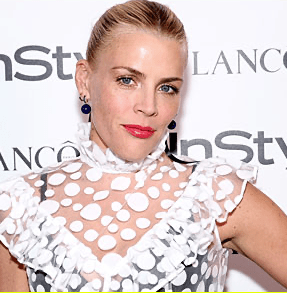Queens has become a much greener place over the last 100 years.
At the end of the 19th century, the borough had no public park system, only scattered town greens and squares. Forest Park covered an expanse of territory but it was inaccurately called the "Brooklyn Forest."
Today, Queens has more than 7,000 acres of green space, encompassing a variety of playgrounds, recreation centers, pools, golf courses, natural wetlands, historic houses and monuments.
The Queens Historical Society (QHS) is now exhibiting a pictorial history of the boroughs impressive park system at its headquarters, the colonial-style Kingsland House in Flushing.
In the exhibit, entitled "Queens Jewels," over 70 vintage and contemporary photographs depict the development of one of the largest urban park systems in the world, through the public works era of the Depression, the 1939 and 1964 Worlds Fairs, and the fiscal crisis of the 1970s.
The exhibition, on loan from the citys Department of Parks and Recreation, also includes a range of antique postcards, historic artwork, and memorabilia, exploring how Queens residents enjoyed their leisure time throughout the 20th century and presenting an historical overview of the borough itself.
When Queens became part of New York City in 1898, it was lagging far behind other parts of the city.
"Thats when the development of Queens really got going," said Mitchell Grubler, executive director of QHS. "Before the consolidation of 1898, it was really just a collection of towns."
The opening of the Queensborough Bridge in 1909 made the borough an attractive alternative for city dwellers looking for new property, away from the dense urban environs of Manhattan. But as growth in Queens began to take off, the need for green, recreational spaceswith amenities like ball fields and playgroundsbecame apparent.
In 1911, the city established a separate Queens Parks Department. A 1912 photograph at the exhibit depicts the staff in front of the newly-established department at the Forest Park Overlook, which is still home to the Queens division of the Parks Department.
The new department soon had its hands full. A chestnut blight struck Forest Park just after the new parks administrators opened their doors. To stop the disease from spreading, city workers had to cut down more than 12,000 trees.
A picture in the Forest Park section of the exhibit depicts a team of workers clearing away the stumps of some of the diseased trees. Many of the trees that cover the park today were planted after the epidemic.
A centerpiece of the exhibit is a large, mustached-bust of Arthur Cunningham, city comptroller under Mayor Fiorello LaGuardia and the namesake for Cunningham Park.
A young, fast rising star in city government, Cunningham died in a horseback riding accident in 1934, and the mayor named the park for him that year. In 1941, the Cunningham bust was placed in the park.
It was soon defaced by vandals, who cut off an ear. The Parks Department had it restored, but Cunninghams widow was so shaken by the incident that she declined to have the likeness of her husband placed in the park again.
To this day, the busts original pedestal stands empty in Cunningham Park, Grubler noted.
The Depression era saw a surge in park construction in Queens. Commissioner Robert Moses aggressively pursued federal work-relief funds, giving thousands of unemployed New Yorkers jobs on Parks Department projects.
One of those projects included the building of the Astoria Pool. When it opened on July 4, 1936, it was the citys largest pool, capable of holding up to 6,600 bathers. An exhibit photo, taken only a month after the pools opening, shows hundreds of New Yorkers frolicking in the mammoth recreational facility, with the Hell Gate Bridge dominating the background.
Rockaways Riis Park also saw major advancements at this time. Parks Department Chief Architect Aymur Embury II designed the ornate bathing pavilion with its two towers still standing on the boardwalk along the Rockaway beachfront.
A 1934 photo depicts dozens of bathers participating in a city-run "group calisthenics" class on the beach.
As the citys fiscal problems worsened in the 1970s, Riis Park was handed over to the federal government in 1974. It is now part of Gateway National Recreation Area (GNRA).
Grubler discovered Parks extensive collection of photos of Queens parks while visiting a slightly different version of the present exhibit, curated by Art and Antiquities Director Jonathan Kuhn, at the departments Manhattan headquarters.
"Since it was about Queens, it made sense to have the exhibit in Queens," he said. "So I asked Parks if we could have it."
QHS made some changes, such as labeling the specific names of each Queens neighborhood and grouping photos of individual parks together.
The exhibit, which opened last Friday, will run until September 21. Kingsland House, located at 143-35 37th Avenue in Flushing, is open to the public on Tuesdays, Saturdays and Sundays from 2:30 p.m. to 4:30 p.m., or by appointment. Admission is $3 for adults, $2 for students and seniors.
A series of QHS-sponsored historical walking tours, related to the exhibit, will also be taking place across the borough over the coming weeks. For more information, call (718) 939-0647.































